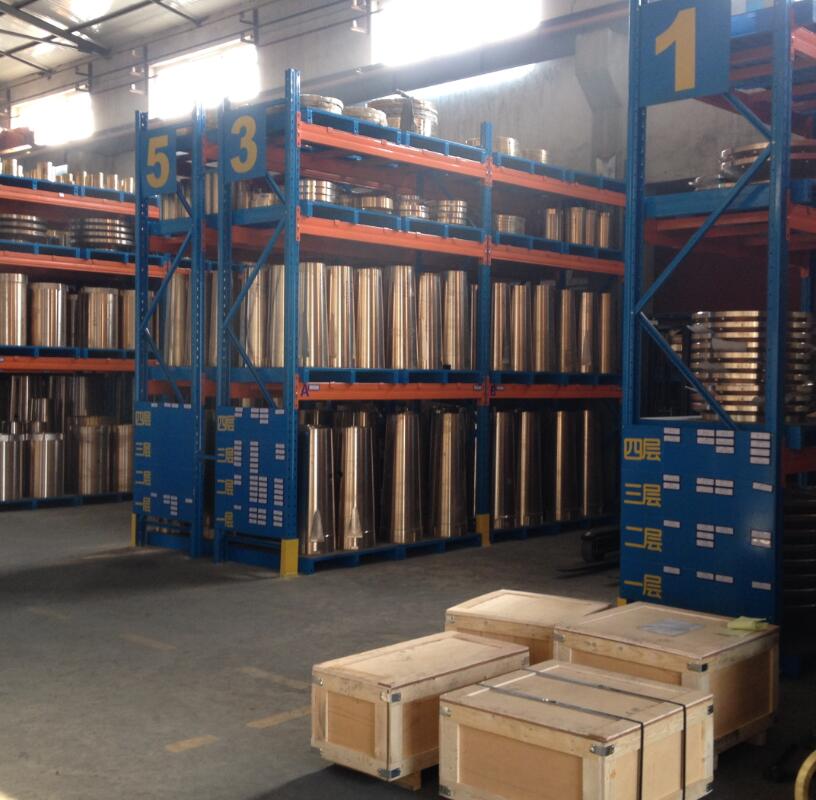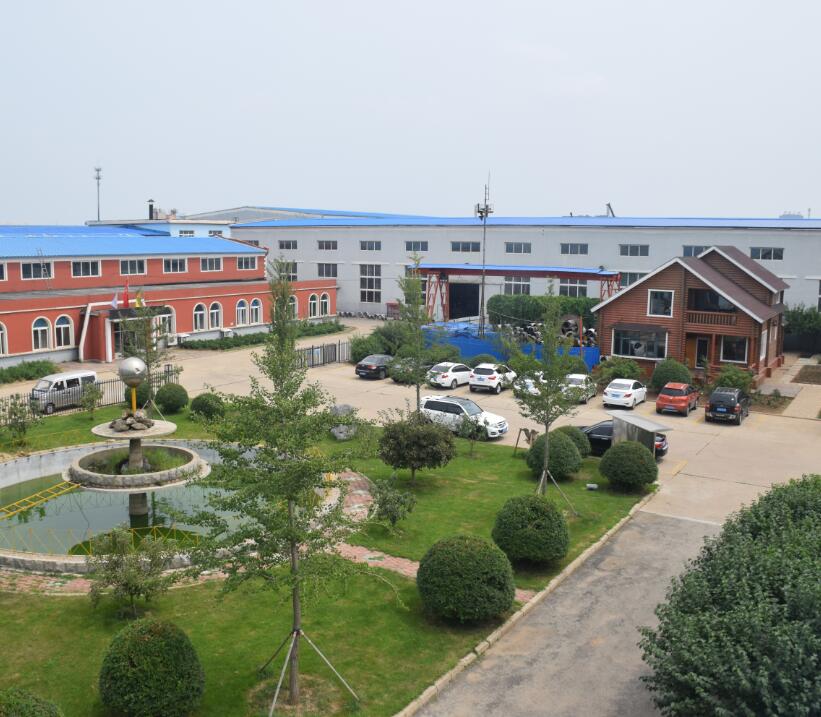Guchun Yun adsorption amount and the like of electric potential measurement, infrared spectroscopy and X-ray photoelectron spectroscopy, to explore the mechanism of the selective adsorption of Mycobacterium phlei pyrite and galena surface. The results showed that when the initial pH value of the solution was more than 5, the adsorption amount of Mycobacterium phlei on the surface of pyrite was much larger than that on the surface of galena. The main reason for this phenomenon is that the main effect of promoting the adsorption of Mycobacterium phlei on the surface of pyrite and galena is not electrostatic, but the surface of C, N and O of Mycobacterium phlei cells through the Fe, Pb and S is chemically adsorbed on the surface of the mineral. Because the chemical adsorption process and the surface elements of the pyrite are significantly more affected than the galena, the adsorption exhibits selectivity.
GA Hope, Loewe, etc. Enhancement of the surface flotation collectors 2-mercaptobenzothiazole Raman spectroscopy (SERS) benzothiazole, potassium isopropyl xanthate and butyl ethoxycarbonyl thiourea with brass ore , the interaction between pyrite and galena collector noted adsorbed on metal and mineral surfaces, and are formed by a charge transfer metal - sulfur bonds generated below the potential of the reversible compound under formation of a new reversible phase.
Gu Yuhua et al. investigated the effect of DLZ collector on the flotation performance of chalcopyrite and pyrite by flotation test, adsorption amount and infrared spectroscopy. The results showed that DLZ was yellow at pH=2.7~12.05. The copper mine has a strong ability to capture and has a weak ability to capture pyrite. When using CaO as a pH adjuster, the recovery of chalcopyrite at pH=7~11 is not much different from that of NaOH as a pH adjuster. However, pyrite is strongly inhibited, and its flotation recovery rate is less than 5%. Under strong alkali conditions, the adsorption capacity of DLZ on chalcopyrite is significantly larger than that on pyrite; infrared spectroscopy The results show that the absorption peaks of DLZ are observed after the action of chalcopyrite and DLZ, while the infrared spectra of pyrite and DIZ and Cu2+ are basically unchanged. Therefore, the adsorption of DLZ on the surface of chalcopyrite is chemical adsorption. Its adsorption on the surface of pyrite is a physical adsorption.
Sun Xiaojun et al. investigated the flotation effect and mechanism of the collector CSU31 on chalcopyrite and pyrite. The results show that when pH=2.7~12.0, CSU31 has a strong ability to capture chalcopyrite, and the maximum recovery rate of flotation reaches 93%; while the ability to capture pyrite is weak. The adsorption amount of CSU31 on the surface of chalcopyrite and pyrite increased with the increase of its dosage, and the adsorption amount on the surface of chalcopyrite was significantly larger than that on the surface of pyrite.
Chen Jianhua and Li Yuqiong used the first-principles plane wave pseudopotential method to study the crystal structure and flotation behavior of pyrite from the atomic level and the influence of lattice defects on crystal electronic structure properties and flotation behavior at home and abroad. A series of articles have been published. The results show that the ratio of sulfur to iron in the crystal and the impurity defects in the crystal have a significant effect on the crystal structure and flotation behavior of pyrite.
Luo Chun put forward by thermal activation process for a coal DESILICONIZATION preparing an aluminum-based concentrate pyrite flotation tailings, the process for preparing the alumina concentrate system Desilication mechanism was studied. The results show that the suitable thermal chemical activation desiliconization system for the tailings is activated roasting temperature 1150 °C, roasting time 15~20 min, alkali immersion silicon temperature 125-140 °C, dissolution time 30 min, NaOH mass concentration 140 g/L. . Under this condition, for the pyrite flotation tailings with A12O3 and SiO2 mass fractions of 46.22% and 28.33%, respectively, the dissolution rate of calcined SiO2 reached 71.91%, and the mass fraction of A12O3 in the obtained aluminum concentrate reached 69.29%. Than 5.59. XRD results show that aluminosilicate minerals such as Yili-montmorillonite, kaolinite and pyrophyllite in the pyrite tailings are activated and decomposed during the roasting process to form amorphous SiO2 and a small amount of mullite. At the same time, diaspore. Turned into α-Al2O3. In the alkaline leaching process of the calcination, the amorphous SiO2 is dissolved in the NaOH solution, and the α-Al2O3 and mullite cannot be dissolved, and the hydrated sodium aluminosilicate (Na8A16Si6O24(OH)2(H2O)2) is formed at the same time. This will result in a decrease in the dissolution rate of SiO2. Roasting process tailings into hematite pyrite, anatase to rutile conversion part, in which alkali leaching process will not dissolve into the aluminum concentrate.
Liang Haijun et al. studied the mechanism of inhibition of the floatability of pyrite by Thiobacillus ferrooxidans. Studies have shown that Thiobacillus ferrooxidans reduces the adsorption of collectors on the surface of pyrite to achieve pyrite. The inhibition, the key to the inhibition of pyrite floatability is the steric hindrance effect and electrostatic action.
Our company is located in Shenyang, which is the national heavy industry base of China and the political, economic and cultural center in the Northeast of China. Our factory covers an area of 28000 square meters, among which our foundry workshop covers 5200 square meters and our machine processing workshop covers 4600 square meters. In 2002, we got the certificate of ISO9001. We are a manufacturer specialized in all kinds of copper bushings, crusher parts, big centrifugal bushes, worm wheels, nuts and so on. With a wide range, good quality, reasonable prices and stylish designs, our products are extensively used in Mining and Quarry (Crushers and ball mills), Hydroelectricity (Hydro Equipment), Cement Equipment (Rotary Kilns and Lime Kilns), Forged and Steel Rolling (Nuts, Screws and bushings), and other industries. We always supply bushings and other parts of cone crushers and imported crushers (Metso, Sandvik, Nordberg, Svedala, etc.)

for Metallurgical Mines, Non-ferrous Mines and Ore Mines. We also supply copper bearing bushes, Labyrinth Sealing Rings and copper upper-retaining rings for GE Hydro, Andritz Hydro, Alstom Hydro, Vioth Hydro and Rainpower Hydro. Our products are widely recognized and trusted by users and can meet continuously changing economic and social needs. We welcome new and old customers from all walks of life to contact us for future business relationships and mutual success!


Cone Crusher Parts,High Lead Bushing,Bronze Spare Parts,Casting Bushing
Shenyang YYD Casting Co,. Ltd. , http://www.yydcasting.com